For the gardener, it’s the most wonderful time of the year—the time when the avalanche of Sharper Image and LL Bean catalogues in the mailbox are replaced by a treasure trove of seed catalogues.
One can spend many happy hours with the beautiful photos and glowing descriptions (Non-stop blooms! Easy to grow in any climate!), dreaming of spring while curled up in a comfy chair. But how to ultimately choose from the plethora of irresistible offerings?
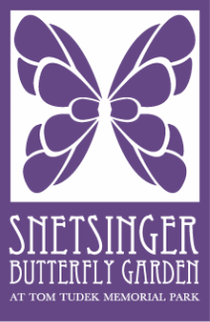
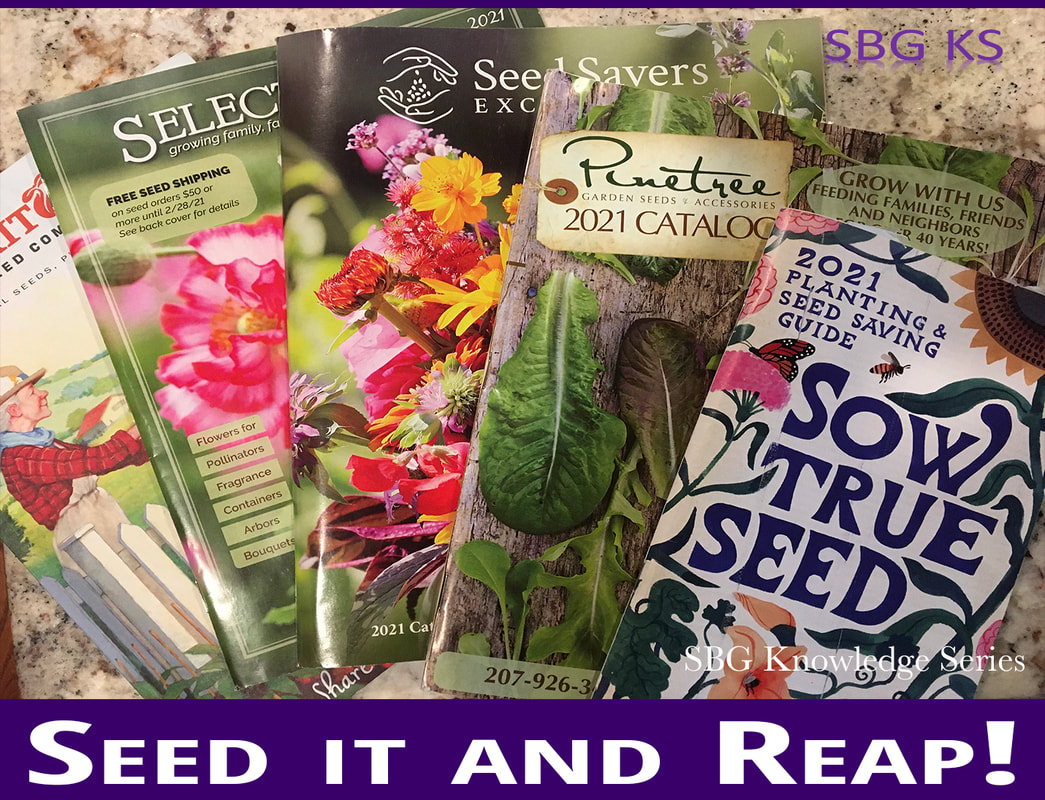
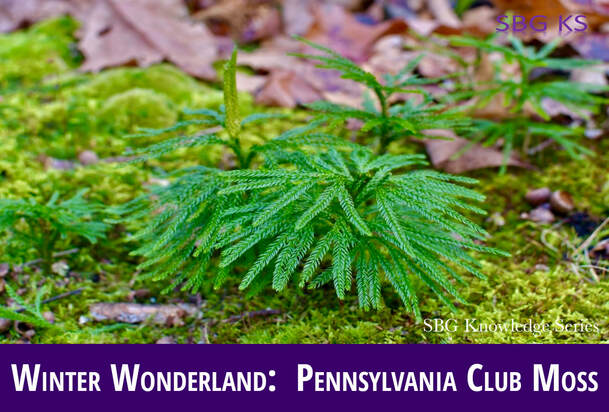

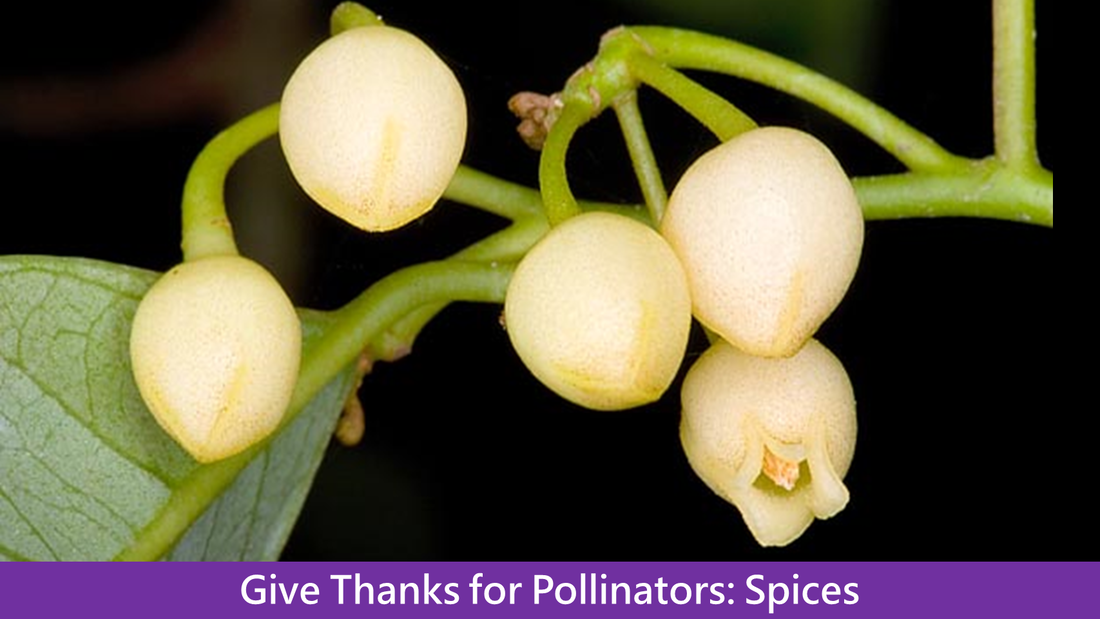
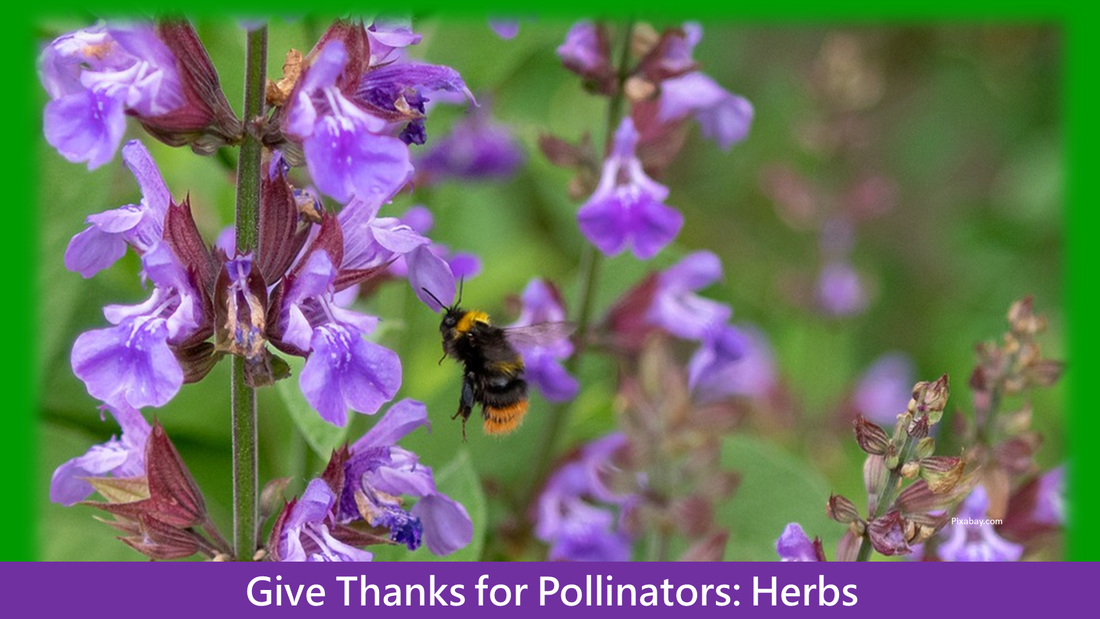
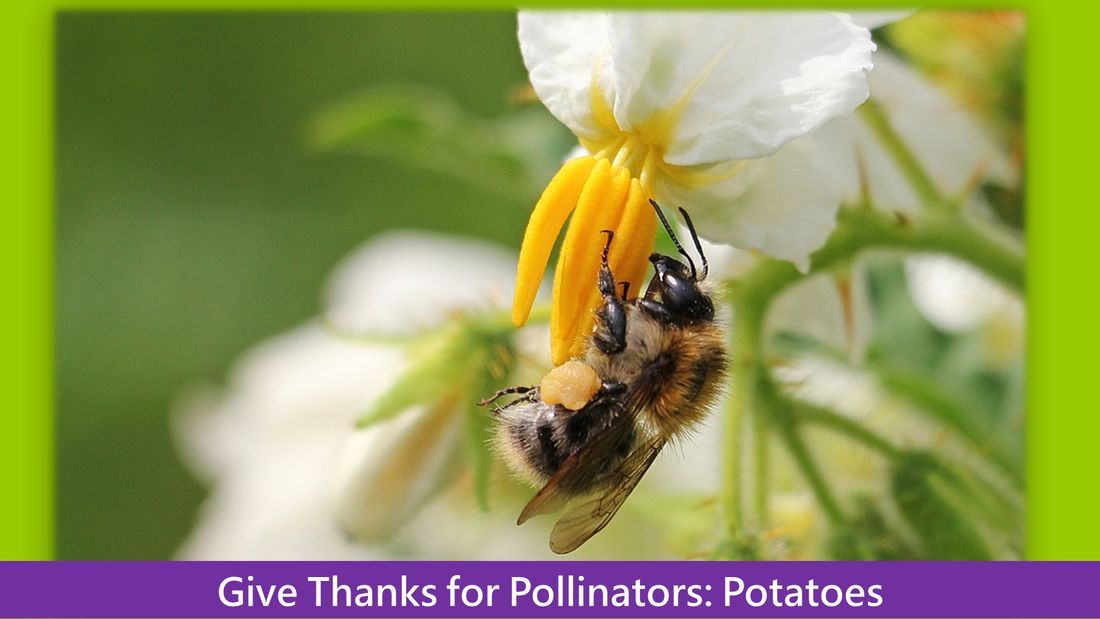
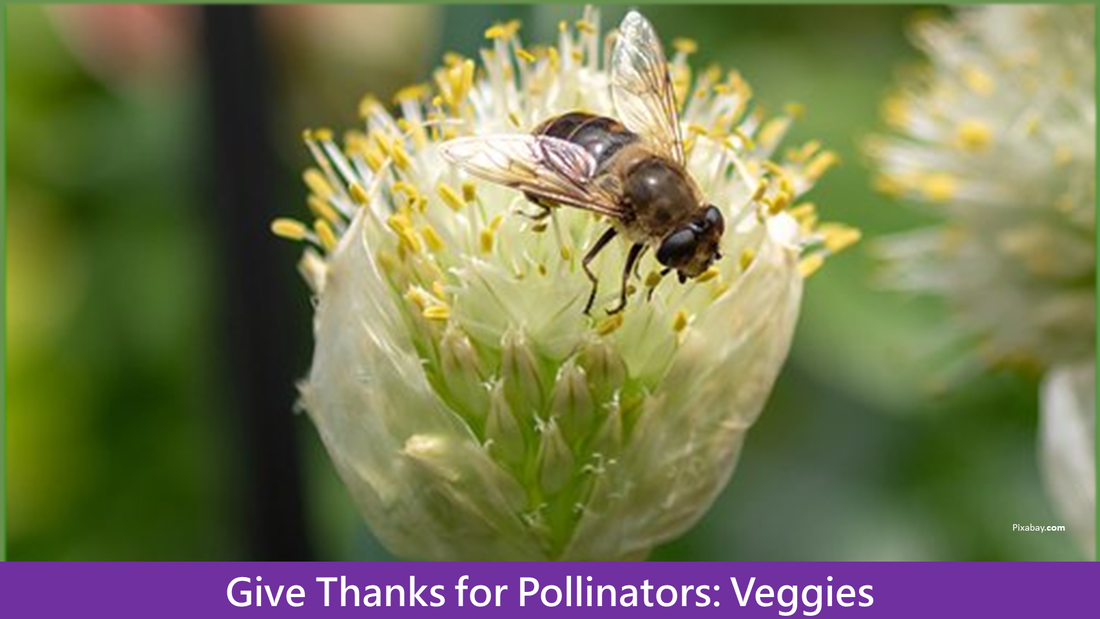
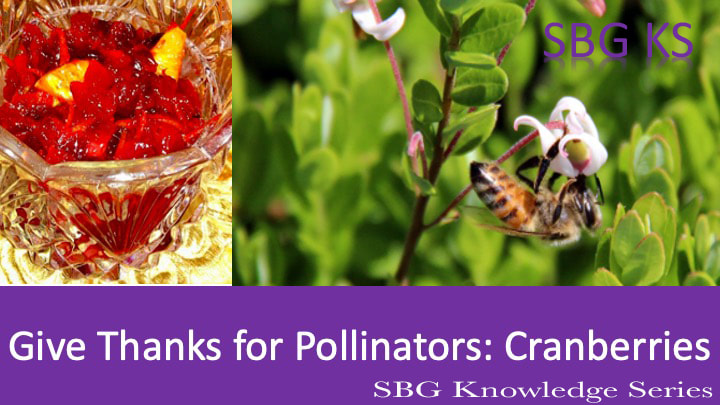
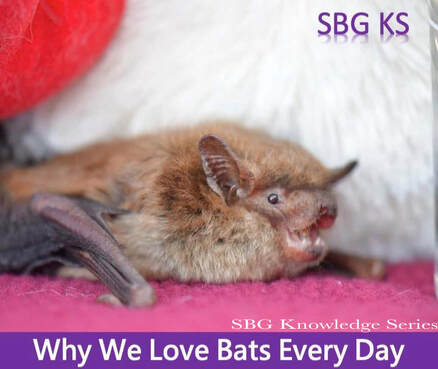
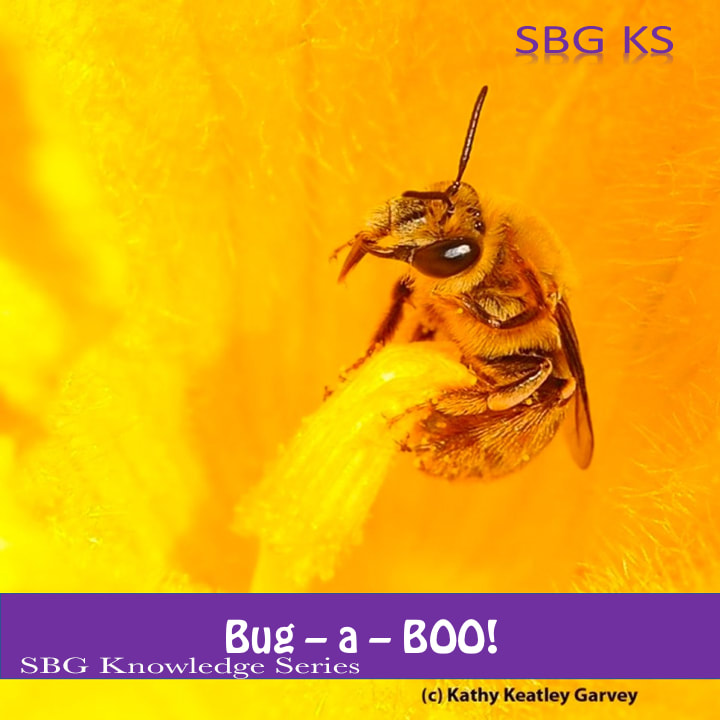
 RSS Feed
RSS Feed